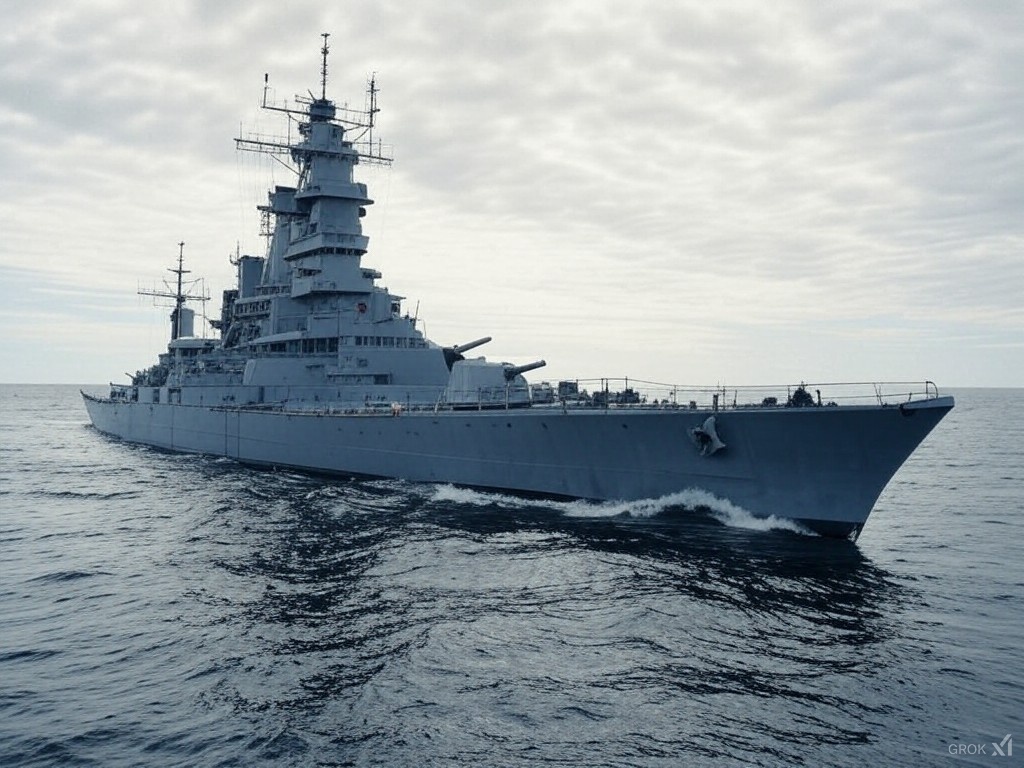Will the next major conflict start at sea?

13 January 2025
A vessel, part of Russia's so-called shadow fleet and laden with oil, was apprehended by Finnish authorities after it allegedly dragged its anchor across the seabed, severing a power cable and several internet lines. This event, while seemingly isolated, taps into deeper currents of geopolitical tension and the strategic importance of maritime routes and infrastructure.
The vulnerability of undersea cables, which carry nearly all of the world's internet traffic, financial transactions, and personal data, has been brought into sharp relief. These cables are the sinews of the global economy, yet they lie unprotected on the ocean floor, susceptible to both accidental damage and deliberate sabotage. The incident with the Eagle S, as the ship was named, raises questions about whether the next significant conflict might not be heralded by the roar of artillery, but by the silent snipping of these underwater lifelines.
The strategic implications are profound. If adversaries can disrupt these networks, they wield considerable power over economies and societies. This could be the new frontier of hybrid warfare, where physical and cyber domains merge. The Baltic Sea, already a theatre of historical and contemporary geopolitical strife, especially since Russia's actions in Crimea and Ukraine, now adds another layer of complexity with this maritime vulnerability.
The European Union's response has been swift, with calls for better identification and surveillance of "risky ships" that might threaten this infrastructure. This isn't just about preventing accidents; it's about understanding and counteracting potential strategic moves in an era where the lines between military, economic, and cyber warfare blur. The push from figures like Petri Sarvamaa of the EPP group signals a recognition that maritime security must be part of the broader EU security strategy.
Over the next six months, expect an uptick in international cooperation on maritime security. NATO, already vigilant after incidents like the Nord Stream pipeline sabotage, may enhance its capabilities in this domain. Countries directly bordering the Baltic, such as Estonia, Finland, and Sweden, will likely advocate for stronger regional measures. There might be new treaties or agreements focusing on the protection of undersea assets, reflecting a growing awareness of this underwater battleground.
The private sector, too, will invest more in securing these cables, potentially leading to innovations in maritime cybersecurity and physical protection systems. This could foster a burgeoning industry dedicated to safeguarding global connectivity.
Yet, the risk of escalation remains a concern. If these incidents are perceived as deliberate provocations or used as leverage in international disputes, they could ignite broader conflicts. The challenge for policymakers and diplomats will be to navigate these waters carefully, ensuring that these incidents do not spiral into open confrontation but are instead managed to bolster international peace and security.
The ocean, vast and silent, might be where the seeds of future conflicts are sown, but it could also be where the wisdom to prevent them germinates. The coming months will be crucial in determining whether we can secure these invisible yet vital connections, or if they will become the flashpoints of a new age of conflict.
